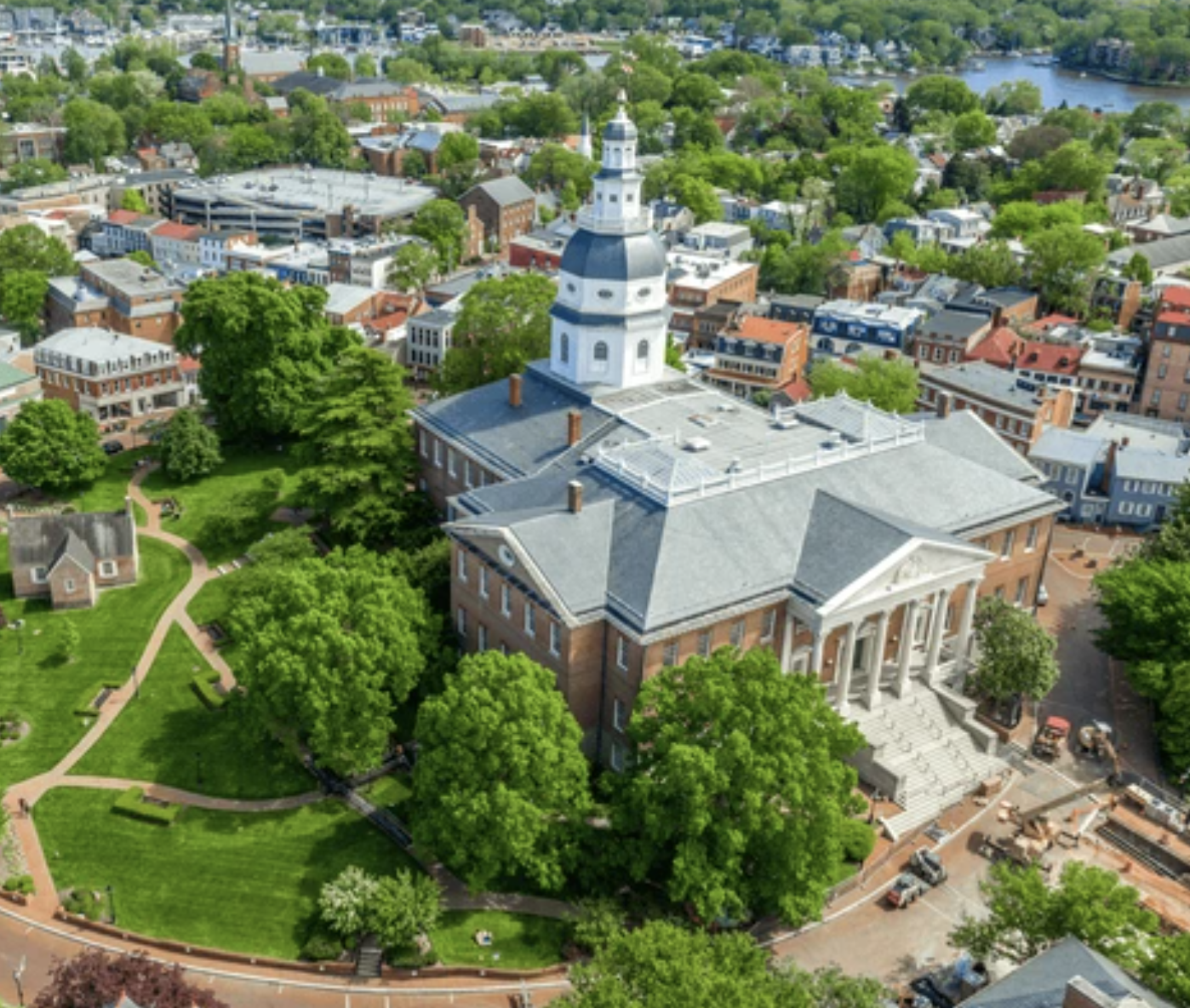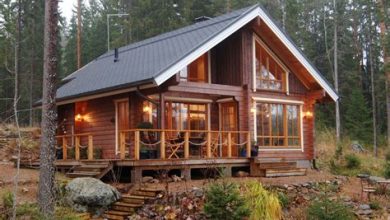In recent years, the demand for alternative, sustainable housing options has been on the rise. One such innovative solution gaining popularity is the box house. Based on the principles of minimalism, functionality, and sustainability, box houses offer a unique living experience. This article explores the concept of box houses and their benefits, along with real-life examples, case studies, and relevant statistics.
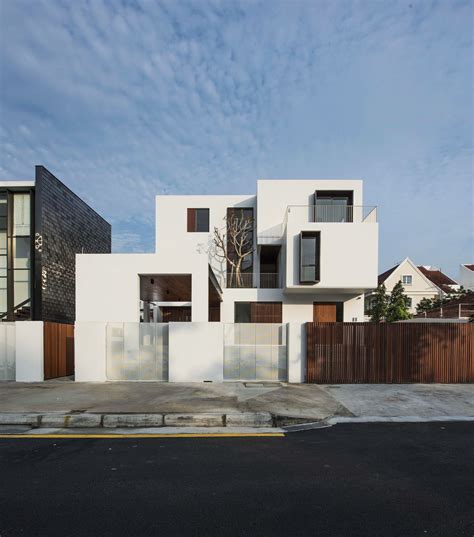
The Concept of Box Houses
Box houses, also known as container houses or shipping container homes, are residences constructed using repurposed shipping containers. These containers, typically made of steel, offer a sturdy and affordable alternative to traditional building materials. Box houses provide a versatile canvas for architects and designers to create unique living spaces with modern amenities.
Benefits of Box Houses
Affordability
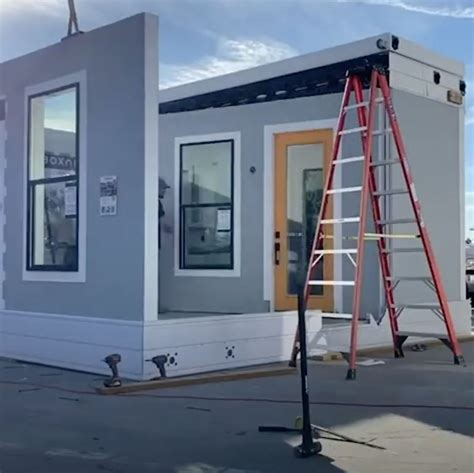
One of the primary advantages of box houses is their affordability. Shipping containers are readily available and cost significantly less than traditional building materials. By repurposing these containers, homeowners can save a considerable amount of money on construction costs. Additionally, box houses are relatively quick to build, further reducing labor expenses.
Sustainability
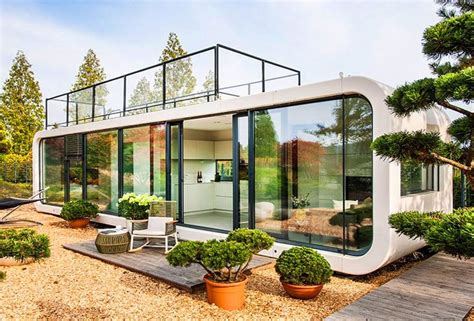
Box houses embrace sustainable living practices and promote environmental consciousness. Repurposing shipping containers reduces landfill waste, giving them a new purpose. Moreover, these houses often incorporate eco-friendly features such as solar panels, rainwater harvesting systems, and energy-efficient appliances. This integration of sustainable technologies significantly reduces the carbon footprint and monthly energy bills.
Customization
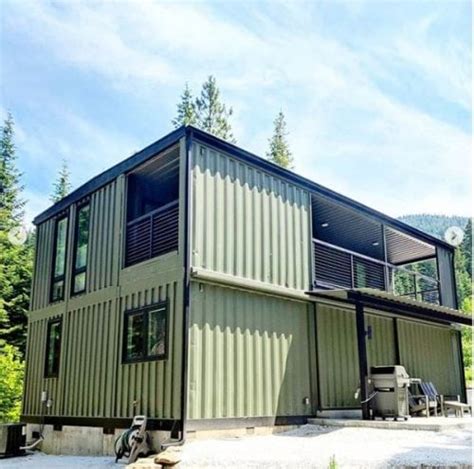
Despite the constraints of their basic structure, box houses offer ample scope for customization. They can be designed to fit any size or layout, with the flexibility to add or remove containers as required. Architects and designers leverage innovative techniques to transform these boxes into stunning, functional living spaces. The interior and exterior finishes can be personalized to suit individual preferences, making each box house truly unique.
Mobility
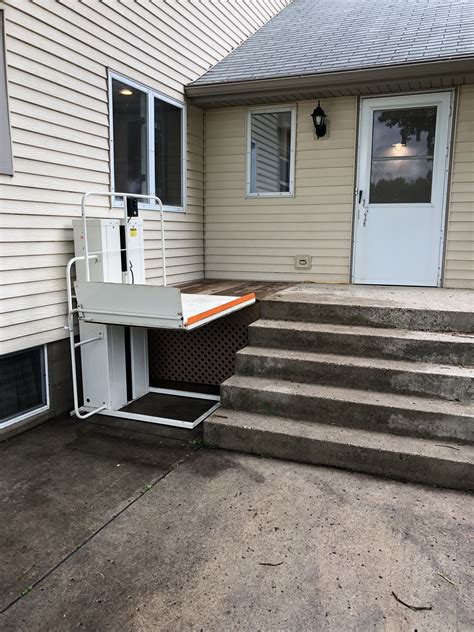
Unlike traditional houses, box houses offer the advantage of easy relocation. Shipping containers can be transported using trucks or trains, making them ideal for people who frequently move or individuals seeking temporary housing solutions. The ability to move a complete house is beneficial for those who enjoy a change of scenery or individuals working on sites where mobility is essential.
Real-Life Examples of Box Houses
Numerous individuals and communities have embraced the box house concept with outstanding results. Let’s explore a few inspiring examples:
The Cargotecture Example – Keetwonen Student Housing, Amsterdam
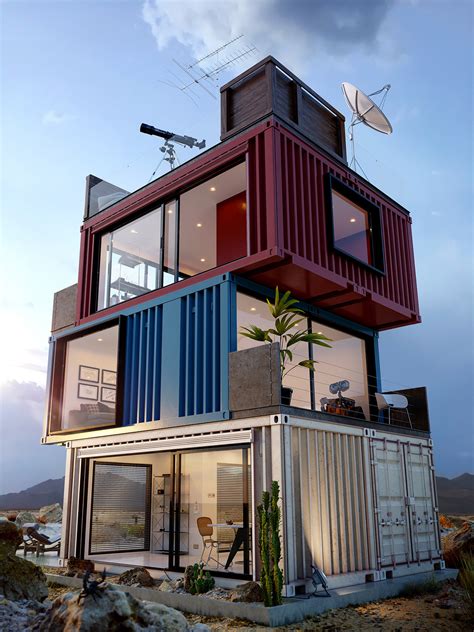
Keetwonen, located in Amsterdam, is the world’s largest container village. It consists of 1,000 shipping containers repurposed into student housing. This innovative project transformed a temporary housing solution into a sustainable and functional community. The project utilized containers to create affordable living spaces with essential amenities, providing students with a unique and eco-friendly environment.
The Eco-Friendly Example – The Beach Box, New York
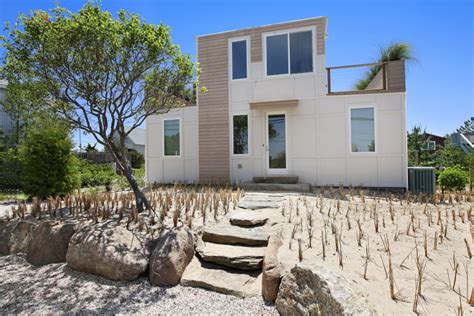
The Beach Box, located in New York’s Hamptons, is a remarkable example of an eco-friendly box house. This stunning two-story container home incorporates sustainable features such as solar panels, a rainwater harvesting system, and LED lighting. The Beach Box demonstrates that box houses can be both aesthetically appealing and environmentally conscious, offering the perfect combination of style and sustainability.
Statistics on Box House Sales
The popularity of box houses has significantly increased over the past decade. Consider the following statistics:
- By 2025, the global container homes market is projected to reach a value of $73.07 billion. (source: Grand View Research)
- In 2020, North America accounted for the largest market share in the container homes industry. (source: Grand View Research)
- Asia Pacific is expected to witness the highest growth rate in container home sales, reaching a CAGR of 6.7% from 2020 to 2027. (source: Grand View Research)
- In the United States, the average cost of a 1,000-square-foot container home is approximately $125,000, compared to $283,000 for a traditional house. (source: ContainerAuction.com)
- Container homes have a significantly lower monthly energy consumption than traditional homes, with savings of up to 75%. (source: Arup World Research)
Conclusion
Box houses offer a compelling alternative to traditional housing, combining affordability, sustainability, and customization. These innovative structures provide a unique living experience while addressing the pressing need for sustainable housing solutions. With impressive real-life examples and a growing market, the box house concept is set to revolutionize the way people think about housing. Embrace the box house revolution and experience the benefits for yourself!
Q&A
1. Are box houses suitable for permanent living?
Yes, box houses can serve as a permanent living solution. With proper design, insulation, and amenities, they offer all the comforts of a traditional home.
2. Can box houses be expanded or modified?
Absolutely! Box houses can be expanded by adding extra containers and modified to fit specific needs and preferences.
3. Are there any building code regulations for box houses?
Yes, building code regulations vary by country and region. It is essential to consult local authorities and professionals to ensure compliance.
4. Can box houses withstand extreme weather conditions?
When properly designed and constructed, box houses can withstand extreme weather conditions such as hurricanes and earthquakes.




